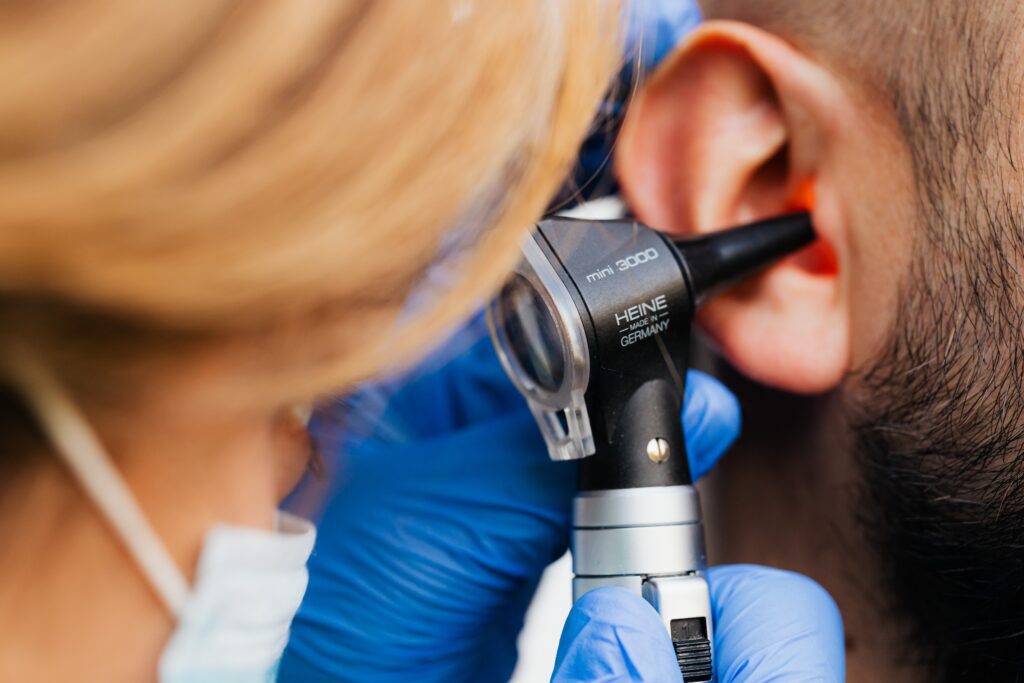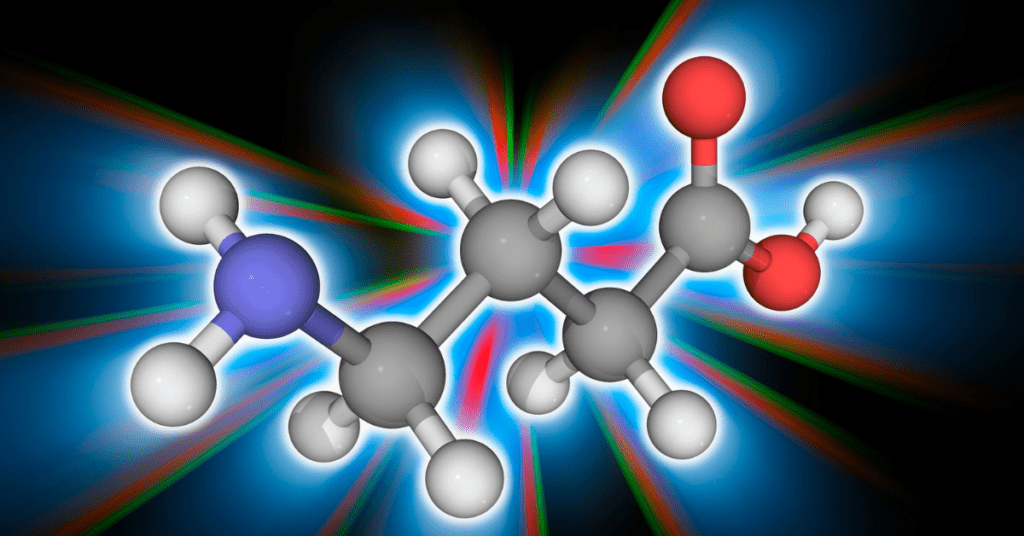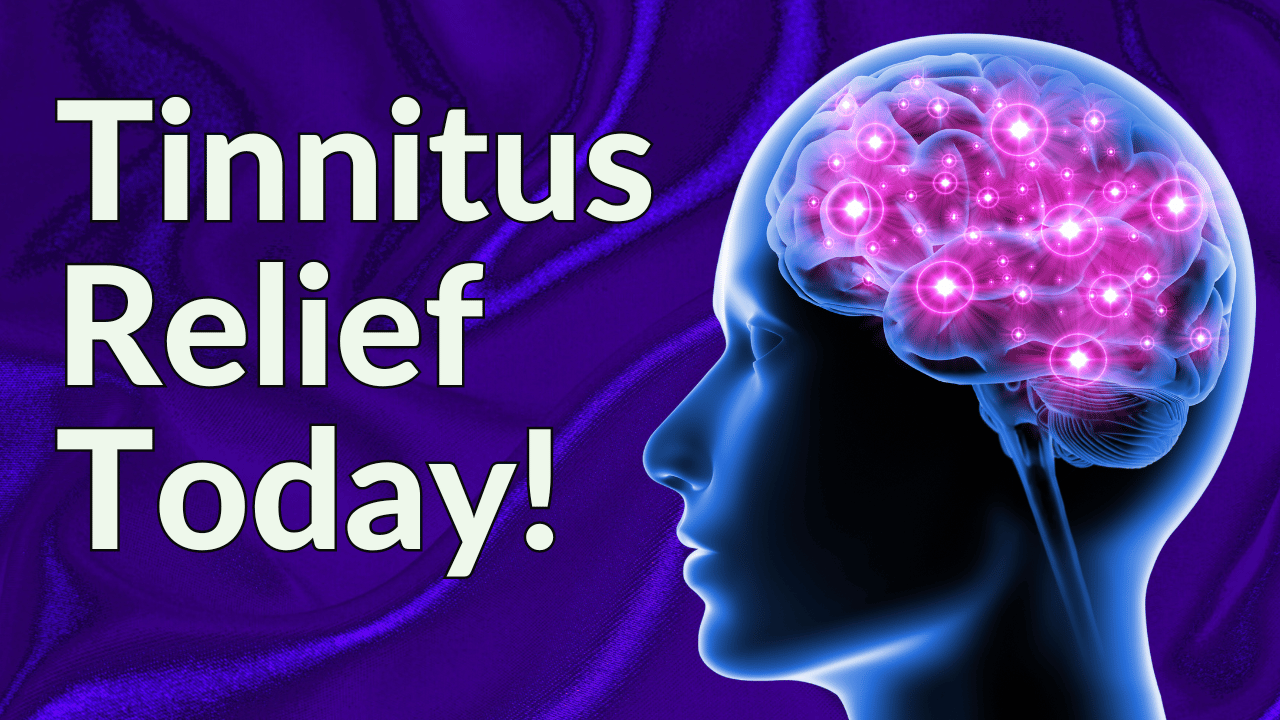The term GABA tinnitus is something of a misnomer; although GABA levels can contribute to tinnitus, the role of GABA concentrations in tinnitus are currently being evaluated to determine how this part of the auditory cortex interacts with tinnitus symptoms, and how chronic tinnitus may be triggered by this particular neurotransmitter.
What Is Tinnitus?
Tinnitus is a type of hearing condition characterized by phantom sounds, or sounds heard by the tinnitus patients, but not heard by those nearby, or even professionals conducting an evaluation. The phantom sounds described by most tinnitus patients are typically considered ringing, roaring, or rushing in nature, though they have also been described as buzzing.
"Treble Health helped me reduce my tinnitus by about 80%, and now I can live my life again!"


"Treble Health helped me reduce my tinnitus by about 80%, and now I can live my life again!"
– Steve D.
Book a free consultation to learn which Treble Health solution is right for you. Join Steve and thousands more who have found lasting tinnitus relief.
There are two different categories of tinnitus: subjective and objective tinnitus. As their names suggest, these types of tinnitus are differentiated by the ways that they represent, and whether they are measurable by others or measurable only by the individual presenting with symptoms. Objective tinnitus describes a type of tinnitus in which the underlying cause is measurable, as is the case with pulsatile tinnitus. Subjective tinnitus describes a type in which only the person with symptoms is able to recognize the sounds when they are present.
Tinnitus Symptoms
The symptoms of tinnitus are fairly straightforward: ringing, rushing, roaring, or buzzing sounds in the ears that are not explained by any external factors. That being said, there are numerous other symptoms that typically come along with tinnitus. The more common of these concurrent symptoms include:
- Hearing loss
- Persistent exposure to loud noises
- Cardiovascular issues, like high blood pressure
- Damaged hair cells following ear infection or other sources of inflammation
Chronic tinnitus is far more prevalent that many people realize. Although precise numbers of chronic tinnitus versus acute tinnitus are more difficult to determine, current estimates suggest that between 10% and 25% of adults have tinnitus symptoms. Of those, 20% report experiencing upsets to their lives as a result of tinnitus symptoms, and seek out tinnitus treatment as a result. The causes of tinnitus are robust, and the causes can frequently contribute to tinnitus loudness and tinnitus perception, and also frequently determine exactly how tinnitus treatment must be pursued to be effective.
Common Causes Of Tinnitus



Although many of the underlying causes of and triggers for tinnitus are complicated and difficult to sort out, there are many different root causes for the condition, each of them important to determine before treating tinnitus. The more common causes include the following:
- Age related hearing loss
- Loud noise exposure
- Earwax blockage
- Head injury or trauma
- Meniere’s disease
- Ear infections
- Acoustic neuroma
- High blood pressure
- Temporomandibular joint disorder (TMJ) or neck injury
- Stress
All of these can present along with clinically normal hearing sensitivity, as many tests evaluating hearing fail to recognize the presence of tinnitus. While some changes to the inner ear may be observed when tinnitus symptoms are present, many structures within the auditory regions remain intact and seemingly healthy, making it difficult to determine what physically may have led to the onset of tinnitus or have been found to worsen tinnitus. Any one of these conditions and concerns can lead a person to develop tinnitus, but the presence of multiple concerns can exacerbate tinnitus and increase the likelihood of developing chronic tinnitus, versus an acute onset of symptoms, as might be the case with noise induced tinnitus.
Tinnitus Pathophysiology
Tinnitus pathogenesis can be a difficult question to tackle; after all, the symptoms of tinnitus do not always occur as a result of the inner ear or other portions of the ear, and can instead be derived from the human brain and the brain regions associated with auditory function. Inner ear anatomy and physiology lends itself to the onset of symptoms, as the inner ear is a delicate balance of structures and communication apparatuses designed to connect with the auditory cortex and transmit meaning. When the small hairs in the inner ear, structural integrity of the area, and balance are no longer in place, tinnitus patients can experience a spike in symptoms.
The central auditory pathway is the means by which the auditory cortex and ear communicate. Like the ear as a whole, the auditory system is somewhat delicate, and the primary auditory cortex can be inhibited by infection, damage to the ear, loud noise exposure, and more. When the auditory pathway is impaired by any of the underlying causes identified above, the auditory system suffers, and the ability of the cochlear nerve, the ear, and sound waves to communicate and correctly deliver sound is impaired.
An impaired primary auditory cortex and damaged auditory system can lead to tinnitus perception, and the level of damage or inhibition can determine subjective tinnitus loudness and the severity of symptoms. Auditory phantom perception, another term for tinnitus, describes a condition that is not considered a condition on its own, but instead describes the pathology of many other conditions and disorders. For this reason, auditory phantom perception is often described as a symptom, rather than a dedicated disorder of its own.
What Is Gamma-Aminobutyric Acid (GABA)
GABA is an inhibitory neurotransmitter, or a messenger that passes intracellularly and extracellularly. This means that these “messengers” can travel within cells or between cells to deliver messages, or stop messages from going any further. An inhibitory neurotransmitter–GABA, in this instance–stops messages from going any further. When GABA concentrations are not at optimal levels, chronic tinnitus can develop.



There are two different types of GABA receptors available to receive the messages being delivered by these neurotransmitters: GABA-A and GABA-B. GABA-A is a rapid messenger, while GABA-B is a slower, more prolonged receptor. Together, these receptors are able to receive messages that require both rapid and slow instructions–both of which can be utilized within the auditory cortex.
Possible Connection Between GABA and Tinnitus
So, how does Gamma aminobutyric acid relate to hearing? Gamma aminobutyric acid functions as a neurotransmitter, which allows the small hairs within the inner ear to communicate with the brain. When GABA levels are not at their appropriate levels, the auditory cortex cannot properly deliver or receive sound signals, and hearing accuracy is interrupted, resulting in hearing loss, tinnitus, or other issues related to hearing and the ears. Adequate and correct GABA concentrations are essential to keep chronic tinnitus at bay, and to maintain overall hearing accuracy and health.
Because GABA is essential for the auditory system to function properly, when GABA concentrations are too high or too low, chronic tinnitus and other hearing and ear conditions can result. If the auditory pathway is inadequate due to gamma aminobutyric acid issues, hearing thresholds are reduced, and hearing loss, damage to the auditory cortex, and more can be observed.
Tinnitus symptoms can also arise when the auditory pathway is impaired, because the central auditory system is not able to communicate with the small hairs within the inner ear, leading to a disconnect between the ears and the human brain.
Magnetic resonance imaging (MRI) can help determine whether or not GABA systems and the excitatory neurotransmitter glutamate are at adequate levels to support the function of the primary auditory cortex. Repetitive transcranial magnetic stimulation has been used to evaluate the presence of the main inhibitory neurotransmitter, GABA, and the excitatory neurotransmitter glutamate, and determined that individuals with tinnitus demonstrated inadequate excitatory and inhibitory neurotransmitter levels, suggesting that tinnitus percept and tinnitus duration had the potential to be impacted by neurotransmitter levels.
Studies On GABA and Tinnitus
Using proton magnetic resonance spectroscopy, one study evaluated the effects of GABA concentrations on tinnitus symptoms. In that particular study, GABA systems were related to tinnitus, and cochlear implants were shown to actually lead to tinnitus suppression, as the auditory pathway was effectively re-established, even when GABA systems were not altered or in any way improved. This study was an important one, as it evaluated the potential role of GABA concentrations to determine when tinnitus occurs, and it showed that the auditory pathway was the primary source of tinnitus, as individuals with congenital deafness did not experience tinnitus, due to the lack of auditory pathway ever having been established.
Another study evaluated the impact of GABA transaminase inhibitor on the auditory regions for both hearing loss and tinnitus, and determined that there was a reduced GABA concentration in tinnitus patients and treatment reversibly eliminates tinnitus symptoms in animal models. Tinnitus loudness and severity may also be tied to GABA levels, identifying an additional pathway linked to chronic tinnitus patients and the primary auditory cortex.
Conclusions And Future Directions
Tinnitus patients do not typically go in for proton magnetic resonance spectroscopy to determine the root of their tinnitus, but as increasing numbers of researchers have determined that decreased GABA levels can affect tinnitus patients and their severity, including tinnitus loudness, more tinnitus patients may be evaluated for neurotransmitter dysfunction in addition to the tinnitus handicap inventory. Chronic tinnitus patients may be glad to hear that they may be able to fill out their tinnitus handicap inventory with lower marks, due to tinnitus treatment options that can focus on GABA levels and address the central auditory system as a whole to address problems with bilateral tinnitus and tinnitus severity.
Although there are not currently any pharmaceuticals for treating tinnitus that focus on GABA therapy, the continuing investigation into hearing loss, tinnitus, and GABA levels may prove useful for future tinnitus treatment options, according to the American Tinnitus Association. At present, tinnitus treatment options primarily focus on reducing discomfort and tinnitus loudness levels through reducing exposure to loud noises, addressing infection in one or both ears, and utilizing sound therapy, alternative interventions, Tinnitus Retraining Therapy (TRT), Cognitive Behavioral Therapy (CBT), and any underlying conditions, such as ear diseases and infections. Although no current treatment reversibly eliminates tinnitus, the use of magnetic resonance imaging may be a common point of evaluation for future tinnitus patients to evaluate GABA concentration and its potential relationship to tinnitus onset.
Next Step: Book Free Consultation
- 75% of patients reduced their tinnitus within three months after following our recommendations.
- "I feel like Treble Health literally gave me my life back." - Randy S. (verified customer)
- Join thousands of people who have reduced their tinnitus after scheduling a free consultation.


















